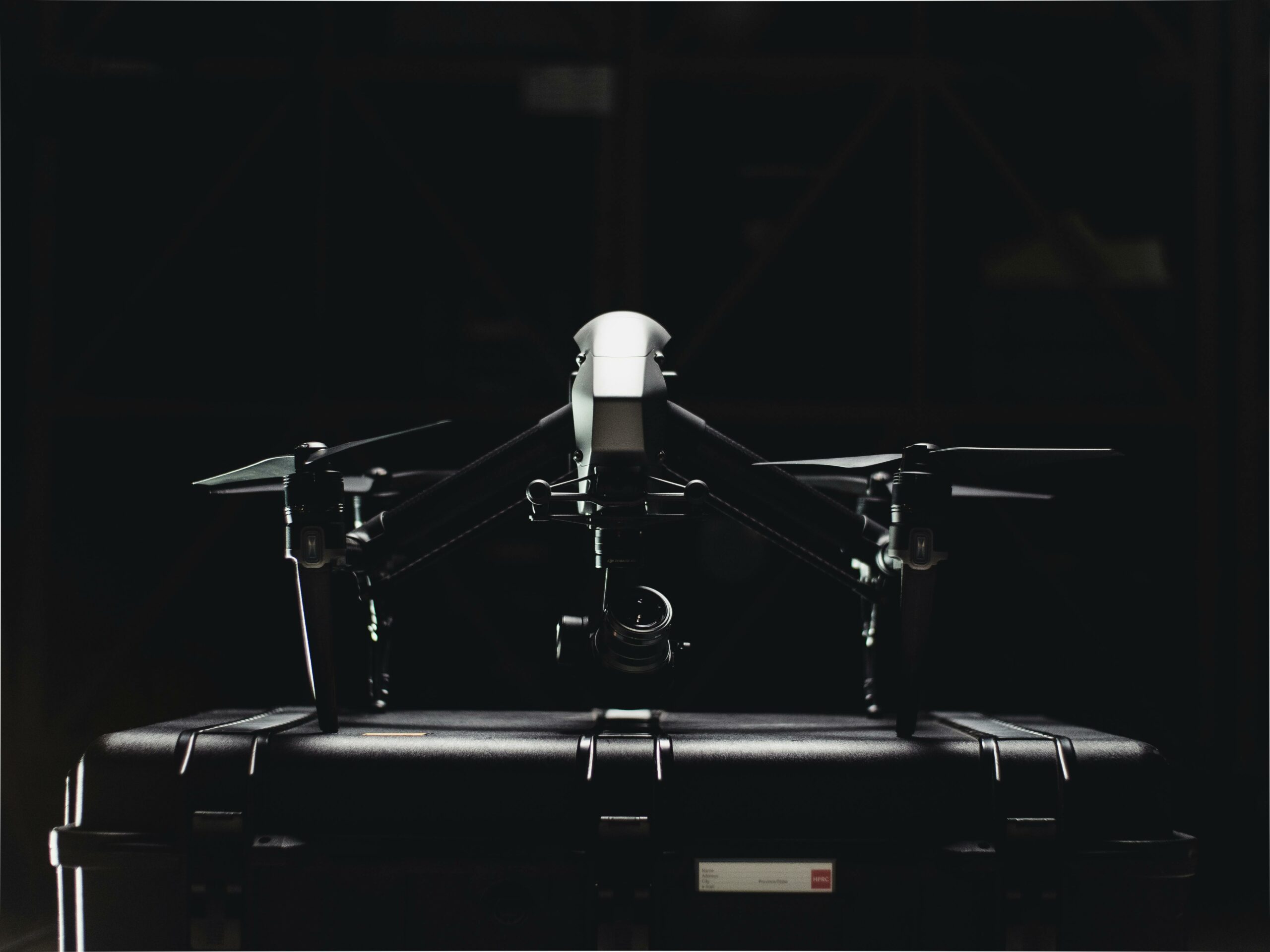In the past few years, drones have become increasingly popular in both consumer and industrial applications. Leveraging their advanced aerial capabilities can be used for various tasks, from delivering packages to taking photos or even assisting with search and rescue missions.
Now, it appears that cargo drones like AirFlight are also beginning to revolutionize industrial hoisting.
A Brief Overview of Cargo Drones
Cargo drones are specially designed unmanned aerial vehicles (UAVs) equipped with powerful motors and large payload capacities capable of lifting and transporting heavy items over long distances. These capabilities make them ideal for use in industrial settings where traditional ground-based transportation methods may not be feasible or cost-effective.
For example, cargo drones can quickly move goods up multiple stories of a building without the need for heavy machinery or cumbersome equipment. Moreover, they can also help reduce the risk of human injury by eliminating manual labor from dangerous tasks such as high-altitude construction work and emergency rescues.
Overall, it is clear that cargo drones are becoming an increasingly important part of modern industry. As companies continue to explore new ways to harness their power and potential, cargo drones will undoubtedly become more common in our everyday lives.
Comparing Costs Between Helicopters and Cargo Drones for Industrial Hoisting
For starters, there is a considerable price difference between a standard helicopter and a cargo drone. A fully outfitted helicopter typically costs more than $2 million, whereas an equally comparable drone will not cost around $40k to $80k, and even if you opt for the most advanced ones, it won’t cost more than $250k.
Moreover, consider the additional cost of helicopters. There are operating costs, which include a highly skilled pilot and flight crew, fuels, regular maintenance expenditures, insurance, and mobilization fees.
When you look at how much a drone-based solution costs compared to other options, it’s easy to see how they can be cheaper. The average transmission through a cargo drone costs roughly a tenth (or less) of the price of a helicopter.
What are the advantages of using cargo drones in industrial hoisting?
Cargo drones are becoming increasingly popular in industrial hoisting due to their many advantages.
- They can transport heavy loads over long distances with minimal effort and cost. This makes them ideal for transporting goods from one location to another without relying on traditional transportation methods such as trucks or trains.
- Additionally, cargo drones are much more efficient than traditional hoisting methods since they require less workforce and energy. They also can reach areas that may not be accessible by other means, making them an excellent option for remote locations or rugged terrain.
- Furthermore, cargo drones can be programmed with specific instructions to complete tasks autonomously, eliminating the need for manual labor and significantly increasing safety levels.
- Finally, cargo drones are inexpensive compared to other hoisting equipment and can be easily maintained with minimal effort.
In conclusion, cargo drones are revolutionizing the industrial hoisting process by providing a more efficient, simpler, and cost-effective way to transport goods. In other words, drones are the future of the cargo industry!




